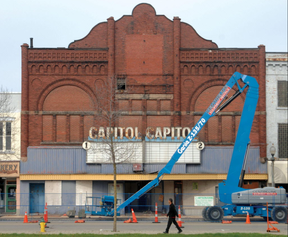The A few Eras of Images: Plate, Movie, and Electronic
Table of Contents
![]()
Following being invented in the early 1800s, pictures and cameras have gone via three major eras: the plate period, the film period, and the existing digital era. This posting is a temporary historical past of images by way of the lens of these eras.
The Plate Period
On January 7, 1839, Louis Daguerre manufactured a presentation to the French Academy of Science, essentially a information conference, exactly where he demonstrated the first photograph, a silver image on polished metallic. A few days afterwards an Englishman named William Henry Fox Talbot named a convention to announce that he had been earning photos on paper for many years. As a result, the controversies and the Plate Period of images have been released.
By 1851 glass was being utilised for making the negatives that could be contact printed onto paper. The glass was coated with a light-weight-delicate emulsion in a darkroom, loaded into plate holders, and uncovered in the camera. The glass plates then needed to be designed right before the emulsion dried this was a issue of minutes. This program worked very well in a studio or controlled atmosphere, specifically wherever two or additional people today could operate alongside one another. One particular coated the plates, a further operated the digicam, and perhaps a 3rd formulated the plates.
This was considerably extra monotonous and precarious on spot. The early pioneer photographers traveled with a black tent and crates of glass plates, as large as 11×14, and bottles of chemicals, documenting the nation, from the Civil War battlefields to Yellowstone Nationwide Park.
In 1867 a new method was invented in England that allowed the plates to be coated in a factory and offered to photographers prepared to expose. This also meant that they didn’t require to be created instantly but could be taken back to a fastened darkroom location to be produced and printed. This created place and journey pictures significantly less complicated.
Moist plate cameras and plate holders can normally be determined by the chemical stains in the holders and within the camera. Cameras from the dry plate period are ordinarily clear inside since they were never ever exposed to chemical compounds. Concerning moist plates, dry plates and various other procedures this kind of as tintypes and ambrotypes, the 19th century was obviously the “Plate Era” of pictures.
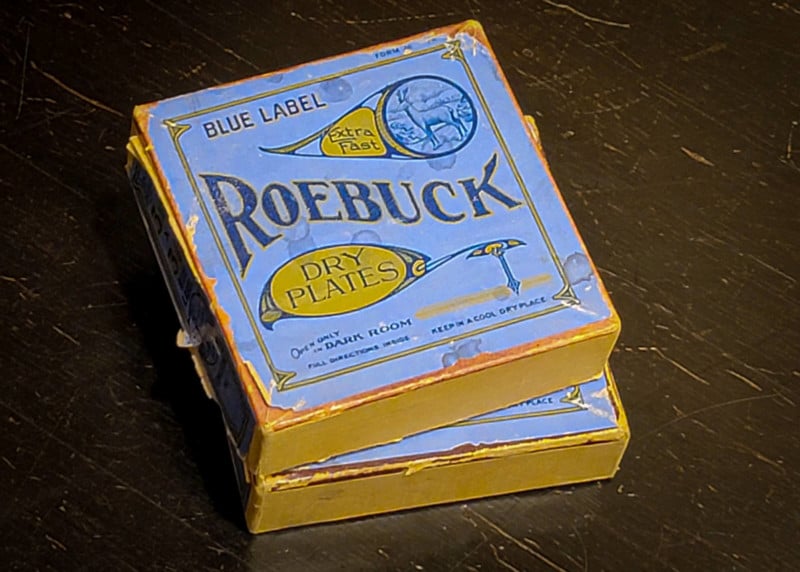
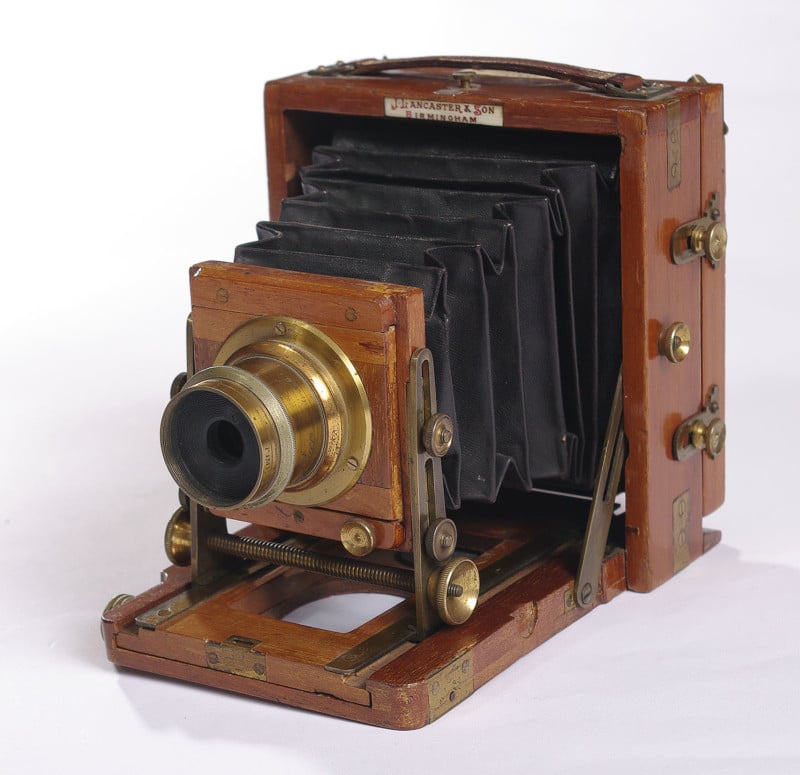
The Film Period
In 1884, a Rochester, New York-centered dry plate maker named George Eastman invented a procedure and a equipment for coating the photographic emulsion onto a versatile material. He made and bought a roll movie adapter for plate cameras but confronted a challenging market due to the fact the prolonged rolls required specific equipment and had been more durable to method than glass plates. Moreover, the film was really hard to keep flat which resulted in unsharp pictures.
Eastman understood that he necessary a full new procedure centered close to rolls of movie. In 1888, he launched the to start with digital camera developed for use with roll movie that he referred to as “The Kodak.” The identify of the digital camera was picked primarily based on the audio the digicam produced when an publicity occurred. His slogan was, “You thrust the button, we do the rest.”
The client purchased the digicam pre-loaded with sufficient movie for 100 images. They then mailed the digital camera again to the Kodak business in Rochester where the movie was processed and printed. The camera was reloaded with film and mailed back to the purchaser with the 100 prints.
The very first Kodak bought for $25 and establishing, printing, and reloading expense $10. $25 back then would be the equal of about $750 in 2022 bucks, and $10 would be about $300.
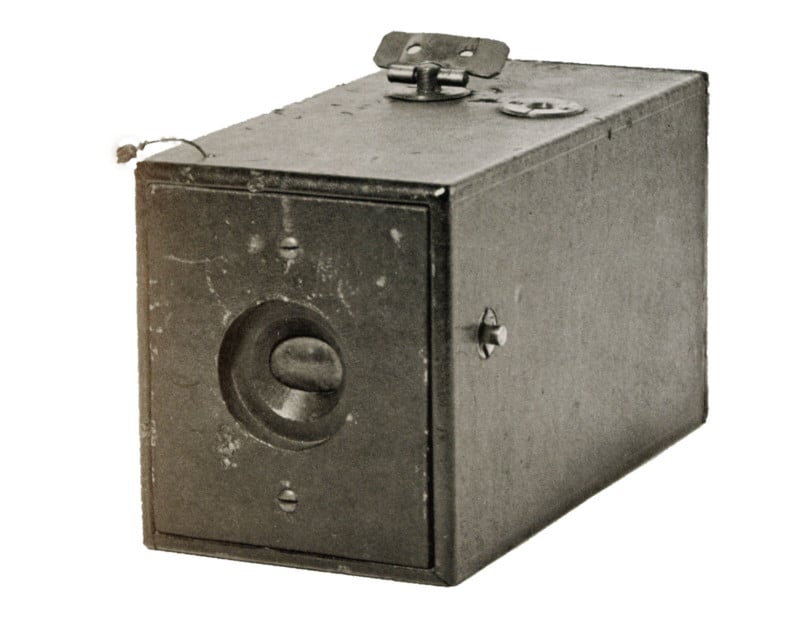
The subsequent revised versions of the Kodak ended up reloadable by the consumer and arrived in brief rolls of 8 to 12 exposures. A lower-priced Kodak termed the “Brownie” was introduced and by the switch of the 20th century in 1900, the full earth was “Kodaking,” and the Eastman Kodak Corporation turned the dominant pictures firm in the planet for the whole 20th century.
The twentieth century was the “Film Era” of images, and Eastman Kodak was THE pictures company of the 20th century suppling the huge greater part of film, paper, and chemistry. The authentic Kodak not only launched a environment of novice photography but spawned the entire photofinishing industry and all of its branches as very well.
During the 20th century, from 1900 to 2000, a extensive selection of film cameras, sizes, and high quality amounts were obtainable. Minimal-priced roll-film cameras such as the Brownie and later Instamatic authorized just about anyone to make photographs of their people, pals, and travels. At the exact same time, movie cameras created by organizations this kind of as Nikon, Canon, Pentax, and Leica took photography to a new degree. When Kodachrome colour film was launched in 1936, it introduced with it the standardized 35mm film cassette which authorized the exact film to be applied in all 35mm cameras.
Through the heyday of film, Kodak experienced two entirely independent divisions, one for the consumer market with movies such as Kodacolor, and a second qualified division with movie and paper aimed at the expert and pro-lab marketplace. At the most simple, the Eastman Kodak Corporation was a chemical corporation, and their solution was chemical-based mostly photography.
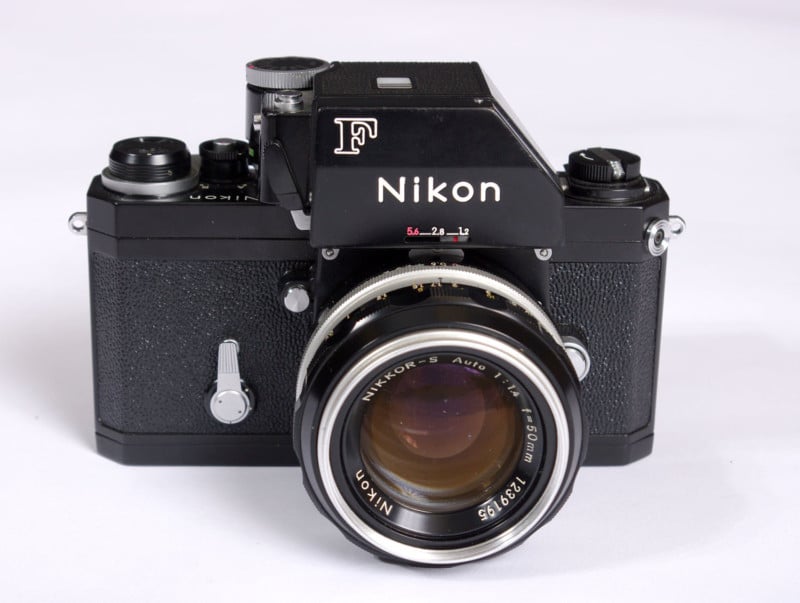
The Digital Era
In the mid-1970s, a smaller group of experts at Eastman Kodak started experimenting with electronics-based mostly pictures. Not just video clip, but a new process of storing pictures employing electronic technological know-how. The digital camera utilized a particular back again on a standard Nikon and saved the files on a separate hard drive. By the 1990s Kodak was giving electronic backs for very well-identified 35mm cameras these kinds of as Nikons and Canons. Since Kodak was a chemical organization, management didn’t see any foreseeable future in digital photography and if they did, it was regarded as a threat to the main company of film, paper, and chemicals.
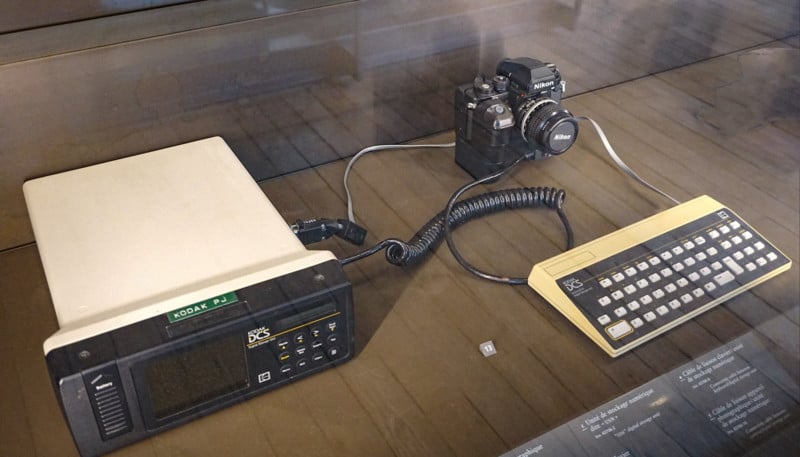
The menace was real. The digital period still left Eastman Kodak in the dust and at some point bankrupted the enterprise. Kodak’s failure to make the shift to electronic will be textbook case scientific tests in business enterprise universities for decades to arrive.
Eastman Kodak’s lack of vision remaining the developments in digital pictures to the businesses that had been creating precision cameras all along and had been nervous to distance them selves from the whims of the “Yellow Father” in Rochester. Even far more geared up ended up the huge electronics companies these types of as Sony and Panasonic which were accustomed to fast technology variations and had been not tied to the legacy know-how of film.
Digital technological innovation improved promptly, and costs ongoing to drop till electronic pictures had a apparent edge above movie. It hit the tipping issue at the flip of the 21st century, the year 2000.
By 2002, most major digital camera suppliers had 5-megapixel cameras in the $1,000 to $1,500 vary. This place them inside the funds of serious photographers who have been nervous to choose total benefit of software program such as Adobe Photoshop and ended up prepared for all of the conveniences of electronic photography.
Early in the development stages of electronic, some individuals predicted that digital cameras would have to have 30-megapixels to be equivalent to even 35mm movie, considerably much less greater formats. At the time it appeared that even 1-megapixel cameras have been a distant aspiration. It turns out that considering that digital cameras use a single chip for all 3 colours, the total essential was only 10-megapixels.
Also, that prediction skipped the point that movie is normally at least a next-technology graphic – detrimental to print. Even a projected slide is degraded by a projection lens. A digital impression is constantly very first-technology by definition, even if copied, so 5MP cameras equal 35mm in resolution. Cameras in the 12-15 megapixel range can conveniently surpass medium structure movie quality.
From the 19th-century plate era to the 20th-century film era, to the 21st-century digital era, virtually to the date, the heritage of pictures fits into the calendar beautifully. Anyone residing to witness the 22nd century and what that may possibly be like for the imaging environment will unquestionably be impressed at what that long term will hold.
Impression credits: Header electronic digital camera picture from Depositphotos. All other pics by Jim Mathis.





